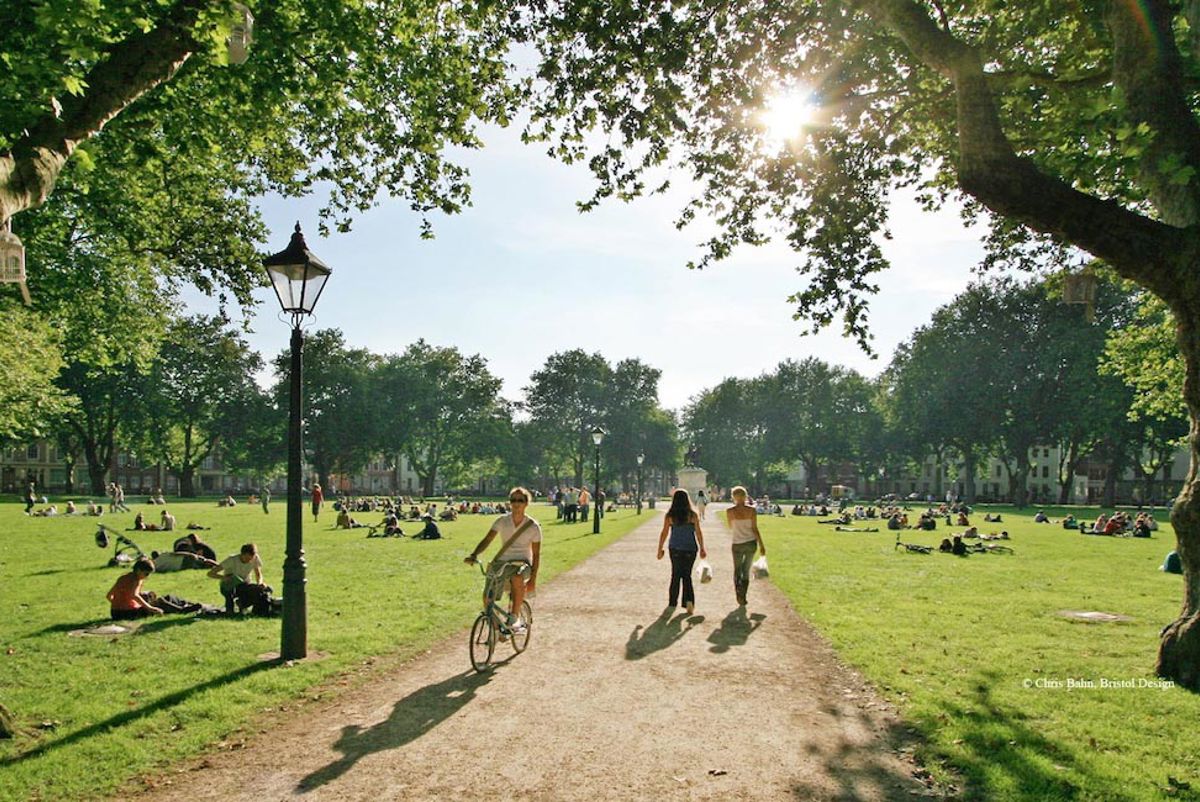Designing urban adaptations

Resilience to climate change impacts will often require a level of local adaptation to the way our towns and cities are designed and managed.
We work with governments and other public bodies to develop plans and policies that reconnect citizens to nature, prevent urban sprawl, grow green economies and encourage investment into more sustainable supply chains. When assessing the commercial viability of major green infrastructure projects, we use powerful digital tools to quantify the benefits at scale, to incorporate nature – as an equal to grey infrastructure – into scheme designs throughout a city.
Nature as stakeholder and solution
Planning and designing resilient, nature positive cities means ‘thinking big’ to expand and protect natural assets. Planting urban forests. Pedestrianising whole districts. Creating new blue-green corridors and wetlands. Large scale passive cooling of surfaces and buildings. Integrated ‘green, blue and grey’ water management.
The idea should be to embed and encourage nature in every urban system. Then a town or city will benefit from an improved ecosystem, thriving biodiversity, healthier communities, leading ultimately to sustainable economic development.
Learn more about our approach to nature-based solutions.
Learn more about landscape architecture.
How do we make cities resilient to climate change?
For every city, building resilience to climate change is a complex challenge.
